Amish Cinnamon Rolls feature a soft, fluffy dough filled with a sweet cinnamon filling, and topped with a rich, cream cheese frosting. These may sound like ordinary cinnamon rolls, but they are made with a secret ingredient…mashed potatoes! Yep! The mashed potatoes are added to the dough for a super soft texture in each bite. I also have more traditional Cinnamon Rolls that you will want to check out, too!

Ingredients & Substitutions
Yeast: You will need active dry yeast for this recipe, which needs to be activated in warm water that is about 110°F. Be sure the water isn’t too hot (which kills the yeast) or too cold (which will not activate the yeast).
Sugars: Granulated sugar, light brown sugar, and confectioners’ sugar are needed for these cinnamon rolls.
Flour: The amounts may vary when adding the flour to the dough mixture. Add a cup at a time until the dough is smooth and elastic. I ended up using a total of about 3 1/2 cups. Check out my high-altitude baking tips if necessary.
Mashed Potatoes: When it comes to mashed potatoes, be sure they are as smooth as possible without lumps. You could use homemade or boxed (instant) mashed potatoes.
Filling: We can’t have cinnamon rolls without cinnamon! The filling is melted unsalted butter with light brown sugar and cinnamon.
Frosting: I used the cream cheese frosting on my Braided Cinnamon Rolls (which you will have to try). It gives the rolls another layer of deliciousness!
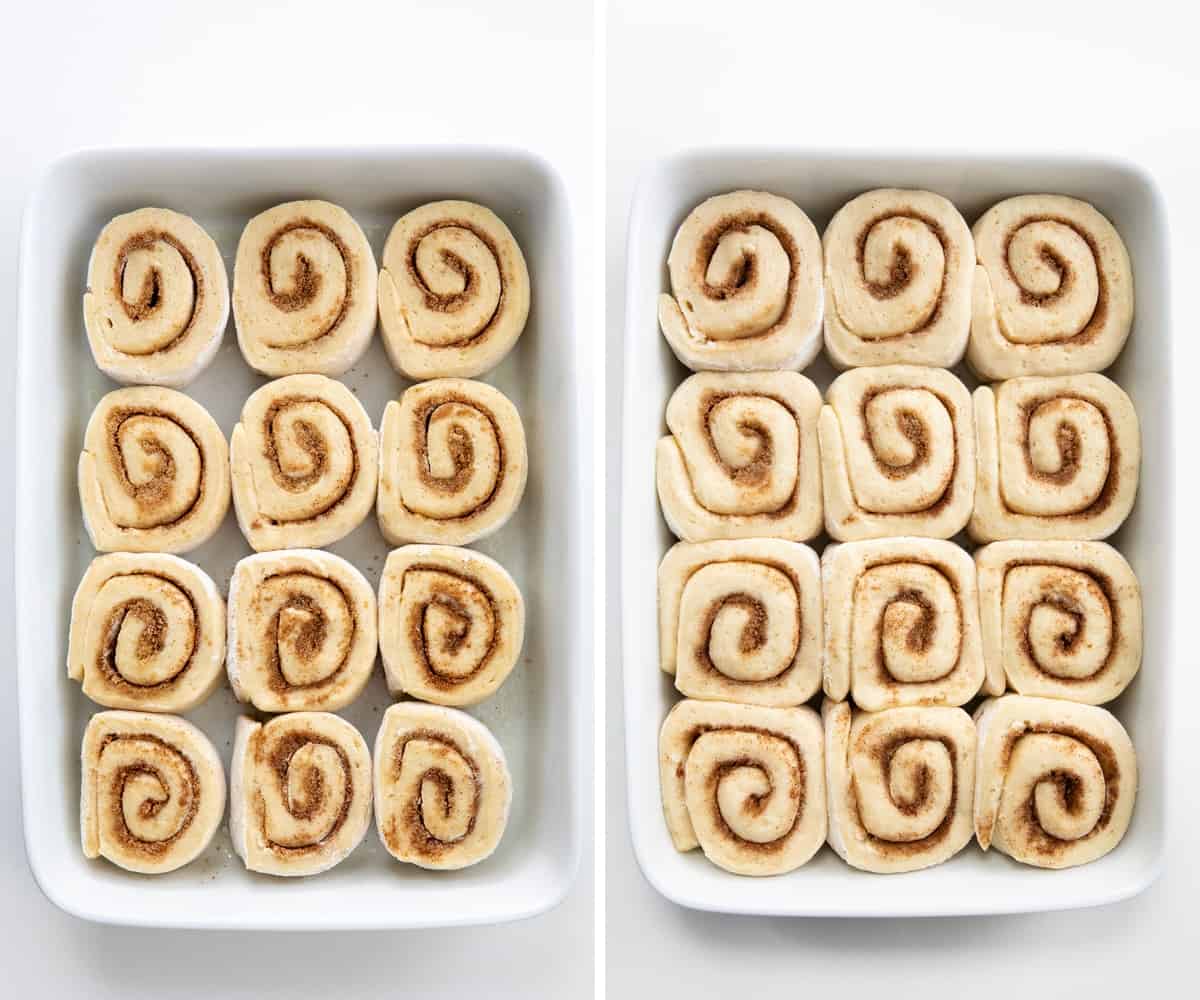
Can I Make Amish Cinnamon Rolls Ahead Of Time?
Yes! This recipe is great because you can do a lot of the work before you want to bake the rolls. That means you can get things ready in advance, depending on when you plan to serve them. Here are a couple of ways to get a head start on the rolls:
- Refrigerator Method: Prepare the dough as instructed. Then, roll it out, fill it with the filling mixture, roll, and cut. Place the unbaked rolls into a greased baking dish. Cover the rolls with plastic wrap and store them in the refrigerator for 24 hours. When ready to bake, remove the rolls from the refrigerator and let them come to room temperature (about an hour). Then, bake the rolls.
- Freezer Method: Prepare the dough. Then, roll it out, fill it with the filling mixture, roll, and cut. Place the unbaked rolls into a freezer-safe container for up to 3 months. When ready to bake, place the rolls into a greased baking dish and let them thaw in the refrigerator overnight. The next day, let the rolls come to room temperature for about an hour before baking.
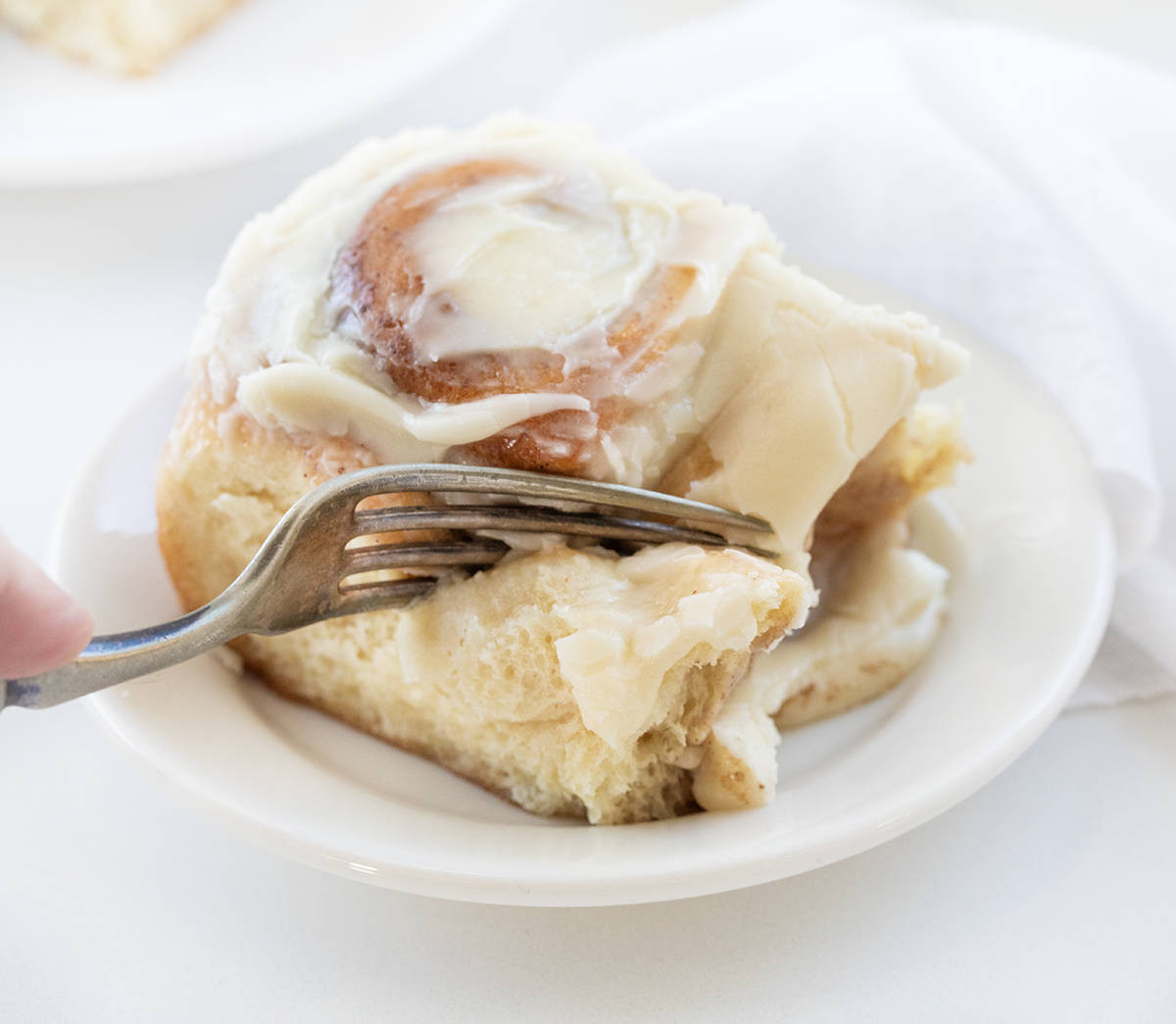
Why You Will Love Amish Cinnamon Rolls
Besides how delicious the rolls are, there are other reasons you will love these rolls! Here are a few:
- They are made with mashed potatoes, a definite conversation starter!
- You can make the rolls by hand if preferred (no electric mixer needed).
- The dough is super soft and filled with plenty of cinnamon flavor.
- They can be enjoyed any time of the day, from pairing a roll with a morning cup of coffee to an afternoon snack or dessert.
- The cream cheese frosting adds another layer to indulge in.
- They can be made ahead of time!
How To Store Cinnamon Rolls
If you are not planning to enjoy the baked frosted rolls within a day, I recommend storing them in the refrigerator, covered. They will last up to 3-4 days. When ready to enjoy, reheat them in the microwave. For longer storage, freeze the rolls.
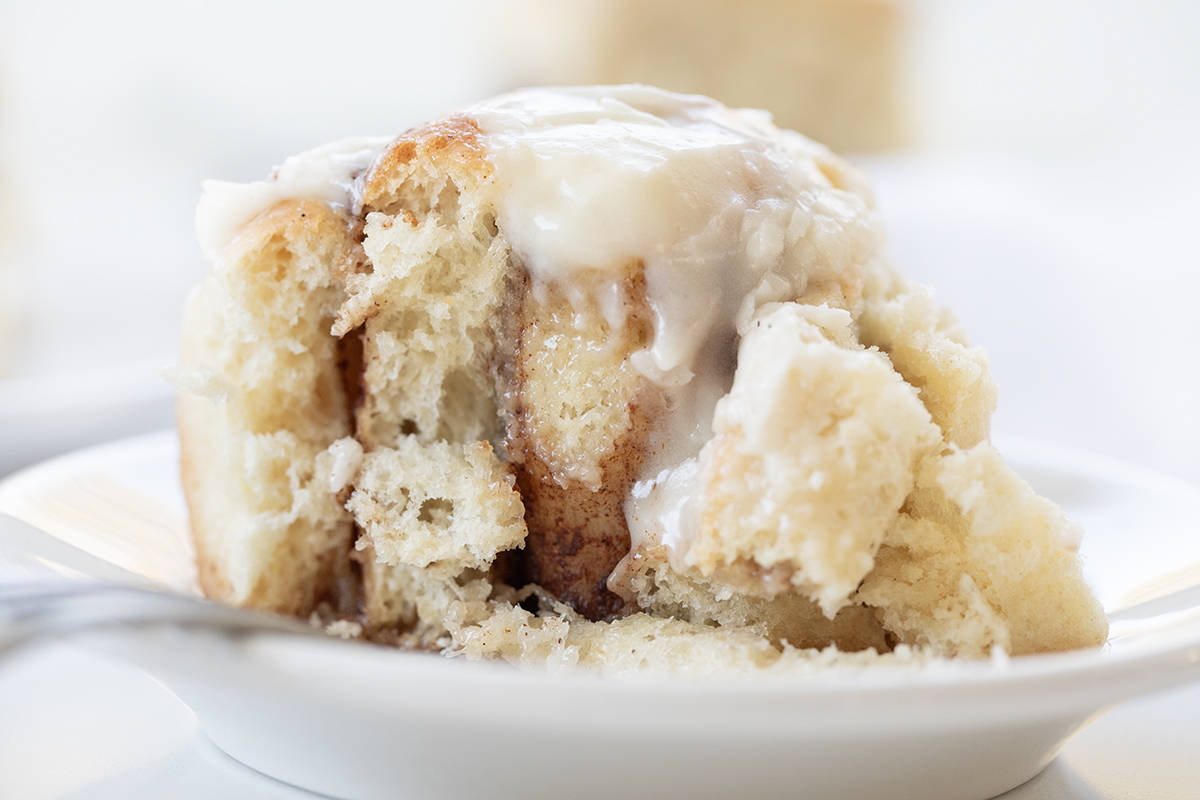
Freezing Cinnamon Rolls
When freezing cinnamon rolls, freeze them without the frosting for best results. Once the rolls have cooled completely, wrap each roll individually in plastic wrap. Next, place the wrapped rolls in a freezer-safe bag or container. They can be frozen for up to 2-3 months. If already frosted, wrap and freeze for about a month or two. When ready to enjoy, let the rolls thaw in the refrigerator overnight before reheating.
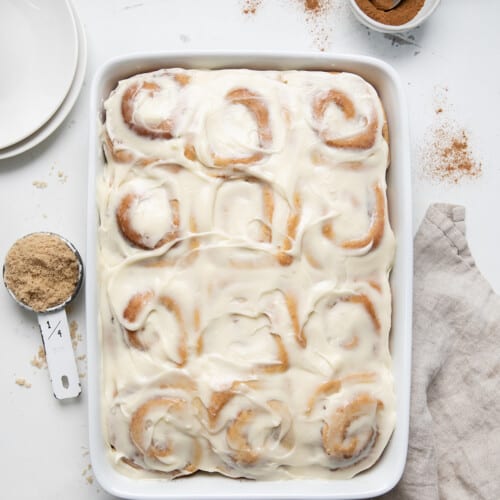
Amish Cinnamon Rolls
Ingredients
Yeast Mixture
- 1 package (2 ¼ teaspoons) active dry yeast
- ½ cup warm water, about 110°F
- 2 teaspoons granulated sugar
- 1 cup (125 g) all-purpose flour
Dough
- ½ cup (164 g) mashed potatoes, prepared with no lumps
- 1 teaspoon kosher salt
- ¼ cup (½ stick / 57 g) unsalted butter, melted
- 2 large eggs, room temperature, beaten
- ¼ cup (50 g) granulated sugar
- 2-3 cups (250 g-375 g) all-purpose flour
Filling
- 4 tablespoons unsalted butter, softened
- ¾ cup (150 g) light brown sugar, packed
- 1 tablespoon ground cinnamon
Frosting
- 3 ounces cream cheese, softened
- ¼ cup (½ stick / 57 g) unsalted butter, softened
- 1 ½ cups (188 g) confectioners' sugar, sifted
- 1 teaspoon vanilla extract
- 1 pinch kosher salt
Instructions
Yeast Mixture
- In the bowl of a stand mixer with a dough hook attachment*, combine yeast and warm water. Let sit until yeast is foamy, about 5 minutes.
- To the yeast mixture, add 2 teaspoons of granulated sugar and 1 cup of flour. Mix and cover with plastic. Allow the mixture to rise until doubled (about 45 minutes to an hour).
Dough
- Once the yeast mixture has doubled, add mashed potatoes, salt, melted butter, beaten eggs, and granulated sugar.
- Add flour, one cup at a time, mixing until the dough is smooth and elastic. Cover with plastic and let rise until doubled in size (about 45 minutes).
Rolling, Cutting, and Baking
- Spray a 9×13-inch baking dish with nonstick cooking spray. Set aside.
- Once doubled, turn the dough out onto a lightly floured surface. Roll it into a 10×15-inch rectangle (about ¼-inch thick).
- Spread softened butter over the top, covering to the edges. Top with an even layer of brown sugar and cinnamon.
- Roll up tightly, starting on the long edge.
- Using a very sharp knife, cut the log into 12 rolls. Place them into the prepared baking dish. Let rise in a warm place until doubled (about 30-45 minutes).
- Preheat oven to 350°F.
- Bake for 25-30 minutes.
Frosting
- While the rolls are cooling slightly, prepare the frosting.
- In a medium bowl, combine cream cheese, butter, confectioners’ sugar, vanilla, and salt until creamy and smooth.
- Frost the warm rolls with the frosting. Serve.
Video
Notes
Did you make this recipe?
Thank you for making my recipe! You took pictures, right? Well go ahead and post them on Instagram! Be sure to mention me @iambaker and use the hashtag #YouAreBaker.
This recipe is adapted from RuthAnn Zimmerman’s Amish Buns.
What the Test Kitchen had to say about this recipe:

Autumn
I can't even believe these are made with mashed potatoes! They are soft, fluffy, and have just the right amount of sweetness. I highly recommend giving these a try!

Elizabeth
These are really great cinnamon rolls! Who knew you could make rolls with mashed potatoes?!? And, of course, the frosting is delicious.

Rachael
Delicious cinnamon roll! You can't tell that mashed potatoes are in it but it gives a little different texture to the dough! A perfect way to use up any extra mashed potatoes for sure!

Bella
I am very intrigued with these cinnamon rolls! They turned out very moist and tasty. I didn't notice the mashed potatoes whatsoever! It tastes like a classic cinnamon roll.

Annabelle
This is a lovely cinnamon roll! The potatoes give the dough a soft and moist texture, and they're perfectly sweet!

Selena
Super delicious and moist rolls!
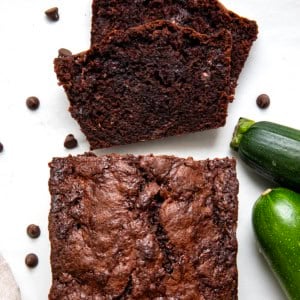
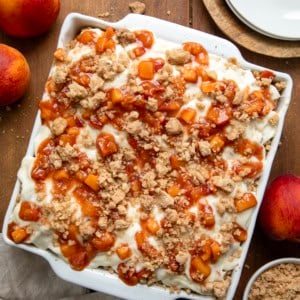









They turned out great I increased the hydration by about a 1/2 cup of water they are fluffy like a pillow and remain 95% as good from frozen and 90 sec in the microwave. I’m saving this recipe for future batches. Many thanks Amanda.
I needed a recipe for rolls to take to a meeting and these turned out to be a huge hit! This will be my go-to cinnamon roll recipe! Thank you!